Introduction
Dried sea cucumbers, commonly known as dried beche-de-mer or trepang, are a highly valued delicacy and traditional medicine in many cultures. They are rich in nutrients such as gelatinous proteins, essential amino acids, and various minerals, making them a sought-after ingredient in gourmet cuisine and herbal remedies. However, preserving dried sea cucumbers correctly is crucial to maintaining their quality, flavor, and nutritional value. Improper storage can lead to moisture absorption, mold growth, and loss of texture, rendering them unsuitable for consumption. This article will delve into the various methods of preserving dried sea cucumbers effectively, ensuring they retain their pristine condition for extended periods.
Understanding Dried Sea Cucumbers
Before discussing preservation techniques, it’s essential to understand the nature of dried sea cucumbers. These marine invertebrates are typically processed by cleaning, boiling, and then drying to remove moisture and preserve them. The drying process浓缩了their flavor and nutrients while making them more stable for storage. However, even in their dried state, sea cucumbers are still susceptible to environmental factors that can compromise their quality.
Moisture Content and Humidity Control
Moisture is the enemy of dried foods, including sea cucumbers. High humidity can cause them to reabsorb moisture, leading to mold growth, bacterial contamination, and degradation of texture. Therefore, controlling humidity is paramount in preserving dried sea cucumbers.
-
Airtight Containers: Storing dried sea cucumbers in airtight containers is the first line of defense against moisture. Glass jars with tight-fitting lids or vacuum-sealed bags are ideal. Ensure that the containers are completely dry before use to avoid transferring any moisture to the sea cucumbers.
-
Desiccants: Adding desiccant packets (silica gel or calcium chloride) to the storage container can absorb any residual moisture, maintaining a dry environment. Replace desiccants regularly as they become saturated.
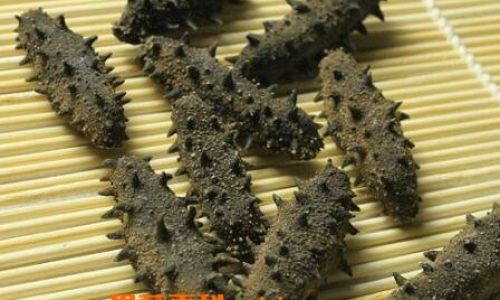
-
Climate-Controlled Environments: If possible, store dried sea cucumbers in a climate-controlled room where humidity levels are kept low, ideally below 60%. Dehumidifiers can be useful in areas with high humidity.
Temperature Regulation
Temperature plays a crucial role in preserving the quality of dried sea cucumbers. Extreme heat can degrade their nutrients and flavor, while cold temperatures can cause condensation if not properly managed.
-
Cool, Dark Place: Store dried sea cucumbers in a cool, dark place away from direct sunlight and heat sources such as ovens or radiators. Temperatures between 15-20°C (59-68°F) are ideal.
-
Refrigeration with Caution: While refrigeration can further reduce humidity and slow down spoilage, it must be done carefully to avoid condensation. If refrigerating, use airtight containers and ensure they are completely dry before sealing. Additionally, avoid frequent temperature fluctuations by keeping the refrigerator door closed as much as possible.
-
Freezing: For long-term storage, freezing can be an option, but it’s generally not recommended for dried foods due to the potential for texture changes upon thawing. If freezing is necessary, use vacuum-sealed bags to minimize moisture exposure and store at a constant temperature of 0°C (-32°F) or below.
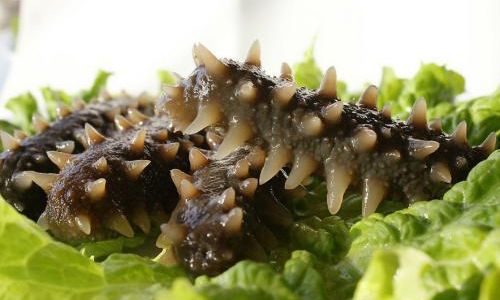
Packaging and Labeling
Proper packaging and labeling not only protect dried sea cucumbers from environmental factors but also ensure that you can keep track of their storage duration and conditions.
-
Opaque Packaging: Use opaque containers or packaging materials to protect dried sea cucumbers from light, which can degrade their color and nutrients over time.
-
Vacuum Sealing: Vacuum sealing removes oxygen and moisture, creating an ideal environment for long-term storage. This method is particularly effective for large quantities or for those planning to store sea cucumbers for extended periods.
-
Labeling: Clearly label each container with the date of storage, the type of sea cucumber (if different varieties are stored separately), and any special storage instructions. This helps in rotation and ensures that older batches are used first.
Pest Control
Insects and pests can infest dried foods, including sea cucumbers, especially if stored in less-than-ideal conditions. Preventing pest infestation is crucial for maintaining the integrity of your dried sea cucumbers.
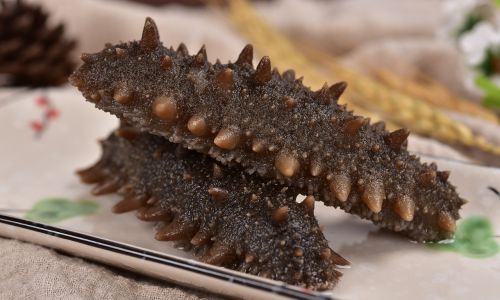
-
Clean Storage Areas: Regularly clean and inspect storage areas for signs of pests. Use pest-control measures such as traps or non-toxic pesticides if necessary.
-
Sanitized Containers: Ensure that all storage containers are thoroughly cleaned and sanitized before use. This includes removing any food residue or debris that could attract pests.
-
Natural Pest Repellents: Some natural repellents, like bay leaves or dried lavender, can be placed inside storage containers to deter pests without compromising the flavor of the sea cucumbers.
Monitoring and Rotation
Regular monitoring and rotation of stored dried sea cucumbers ensure that they remain fresh and suitable for consumption.
-
Regular Inspection: Periodically check stored sea cucumbers for signs of moisture, mold, or pest infestation. If any issues are detected, discard affected portions immediately and reevaluate your storage methods.
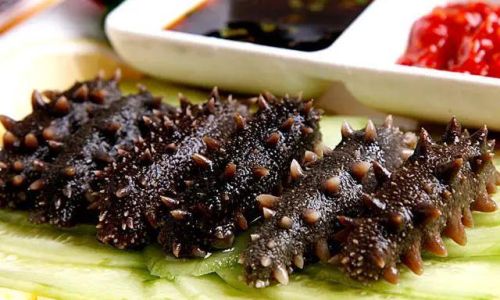
-
First-In, First-Out (FIFO): Implement a FIFO system to ensure that older batches are used first. This minimizes the risk of storing dried sea cucumbers for too long, which can lead to quality degradation.
-
Smell and Texture Check: Before using, give the dried sea cucumbers a quick smell and texture check. They should have a mild, fishy aroma and a firm, slightly elastic texture. Any off odors or soft, sticky textures indicate spoilage and should be discarded.
Conclusion
Preserving dried sea cucumbers effectively requires a combination of careful handling, proper packaging, and strict control over environmental factors such as humidity, temperature, and pests. By following the guidelines outlined in this article, you can ensure that your dried sea cucumbers retain their premium quality, flavor, and nutritional benefits for months or even years. Remember, the key to successful preservation lies in consistency and vigilance. Regularly inspect your stored sea cucumbers, make adjustments to storage conditions as needed, and enjoy their culinary and medicinal benefits with peace of mind.
In summary, preserving dried sea cucumbers involves:
- Using airtight, opaque containers to protect from moisture and light.
- Controlling humidity and temperature to maintain optimal storage conditions.
- Employing proper packaging and labeling for ease of use and tracking.
- Taking measures to prevent pest infestation.
- Regularly inspecting, rotating, and using FIFO principles to ensure freshness.
By adhering to these practices, you can confidently store your dried sea cucumbers, knowing they will remain in prime condition until you’re ready to use them.
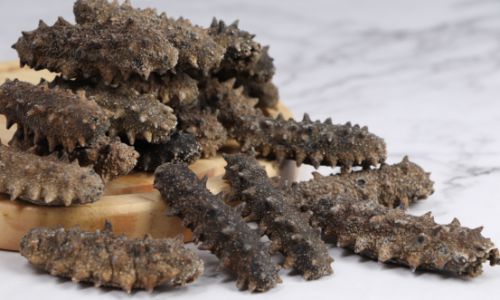





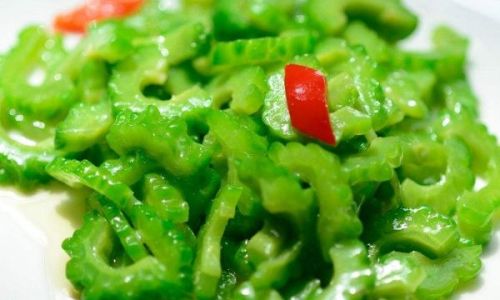
0 comments